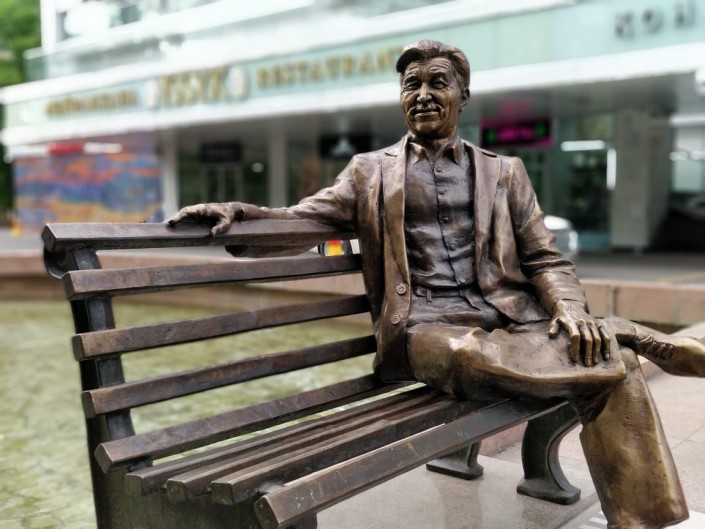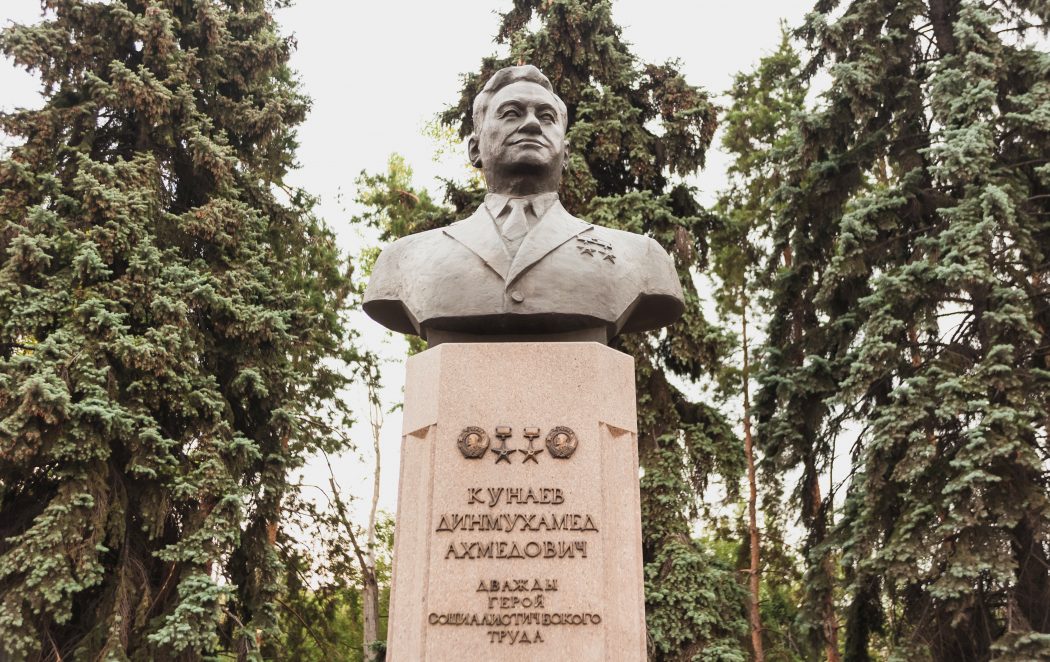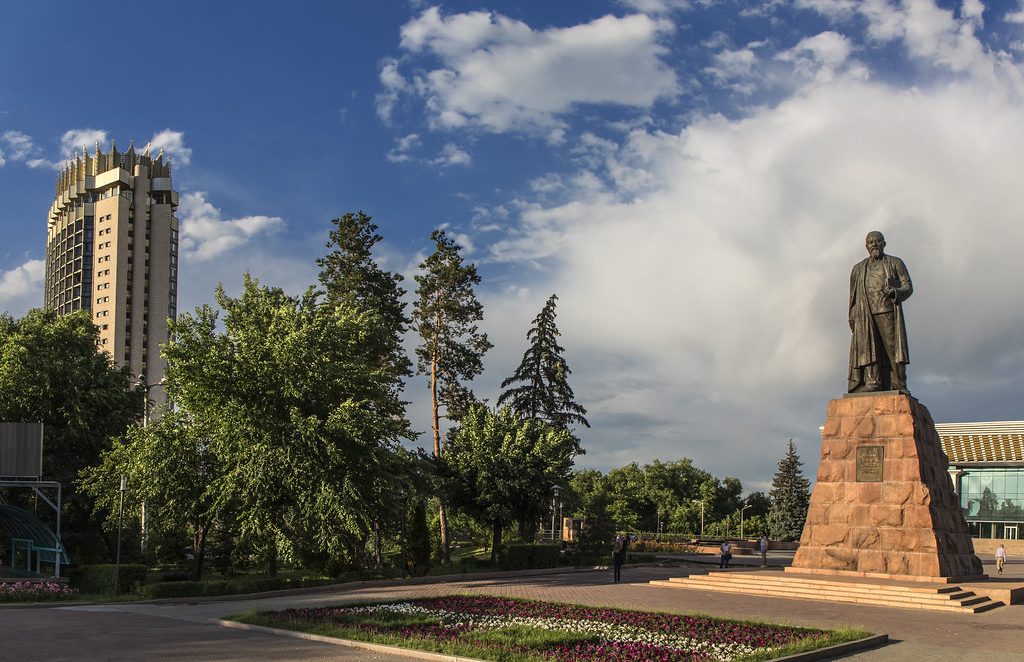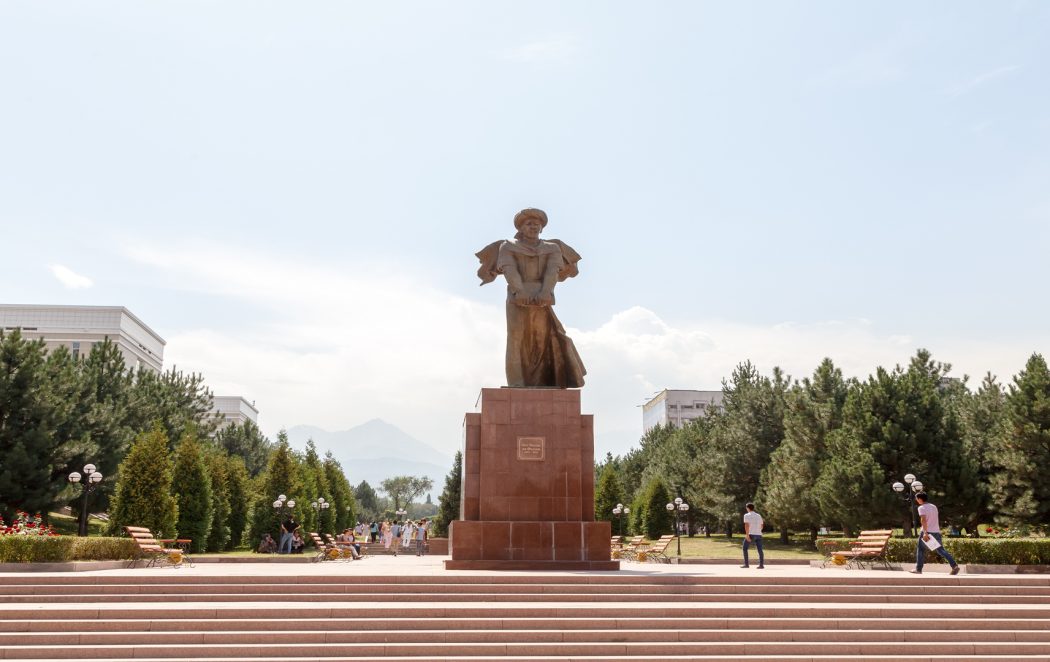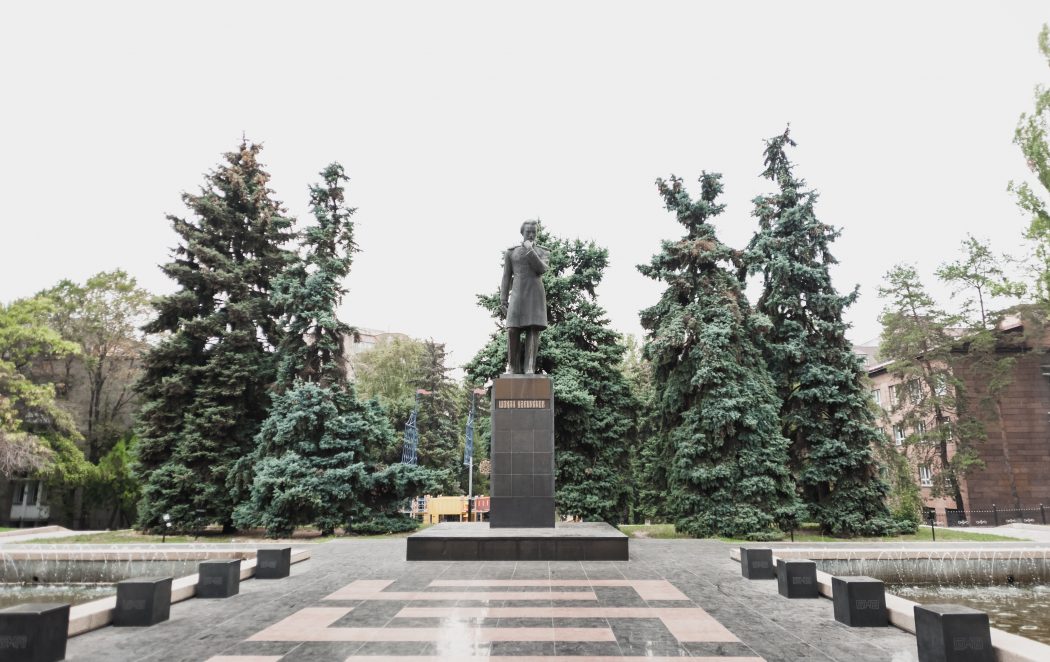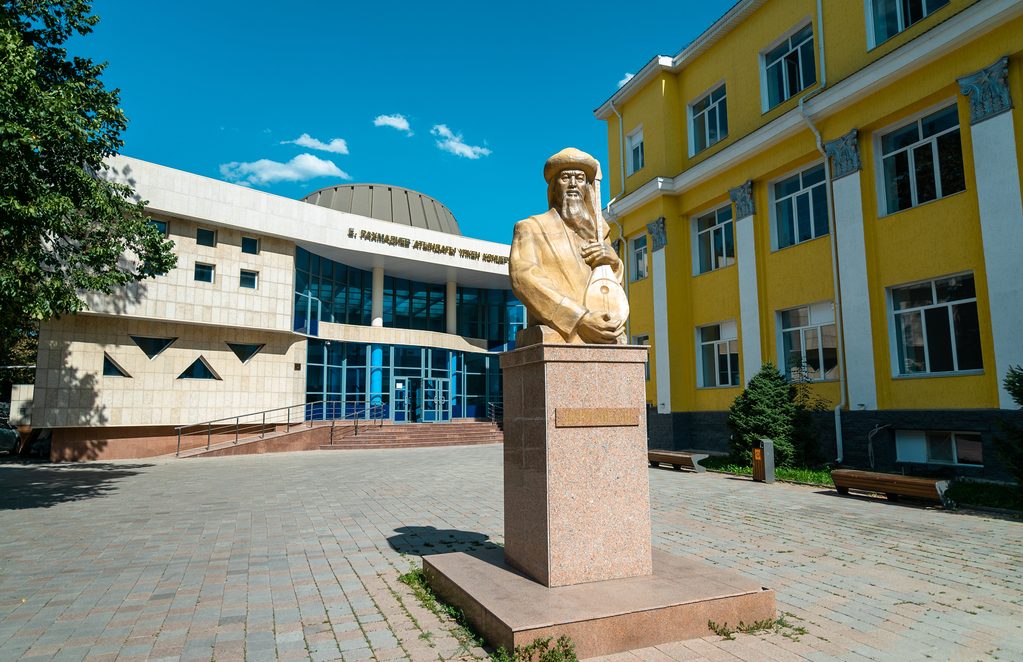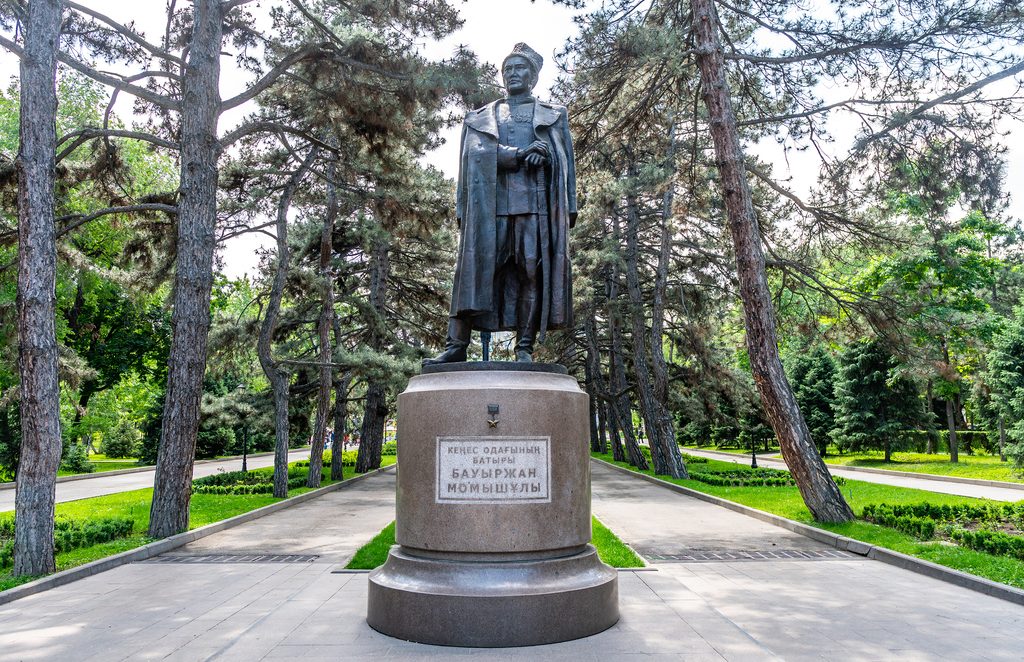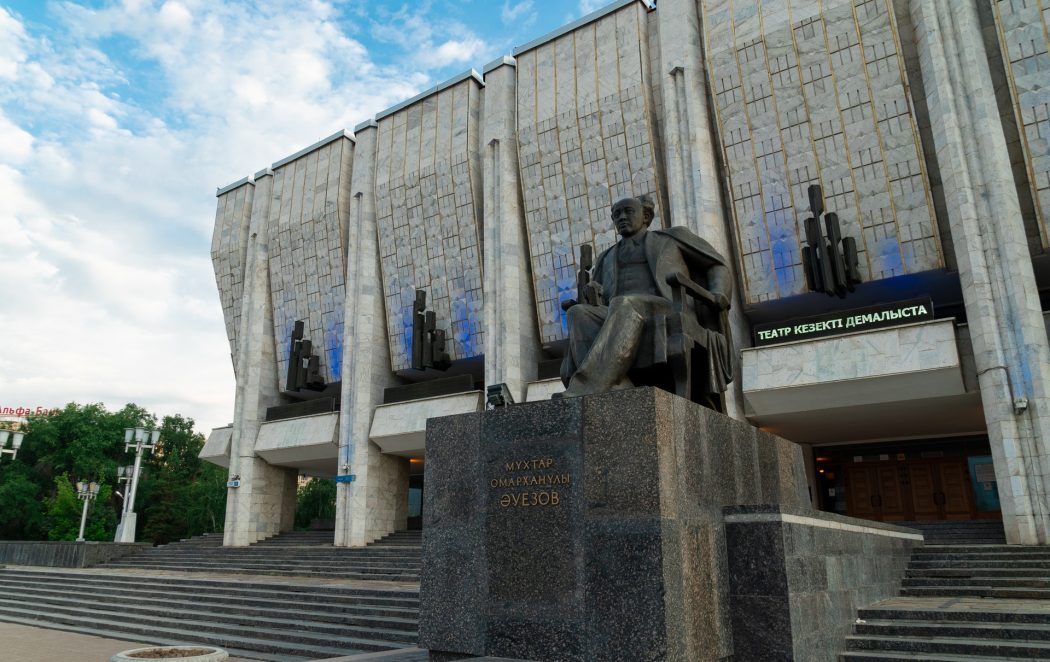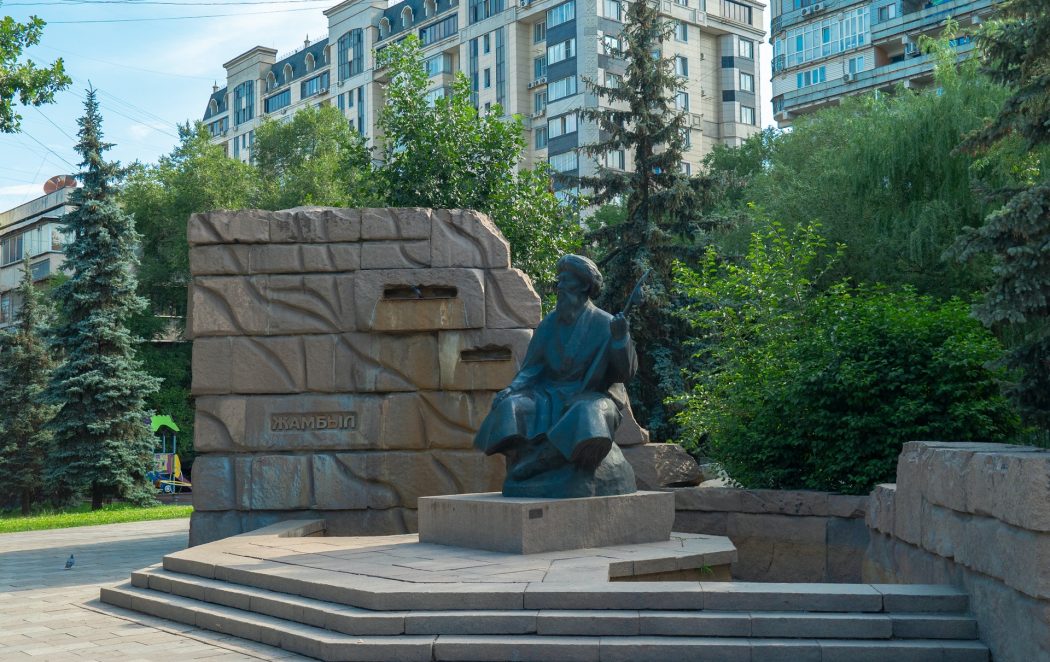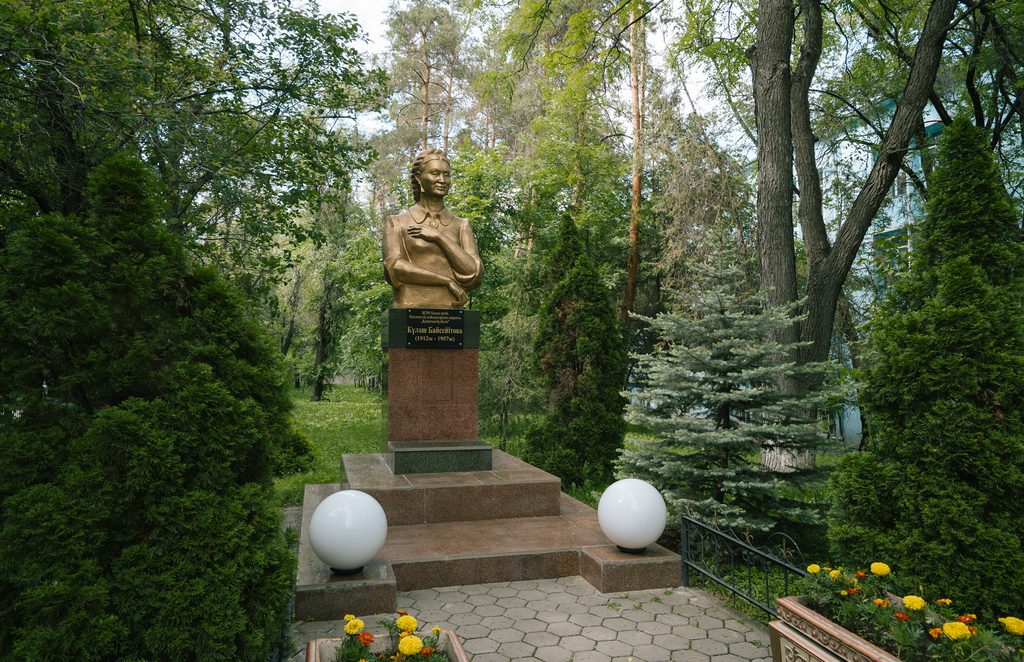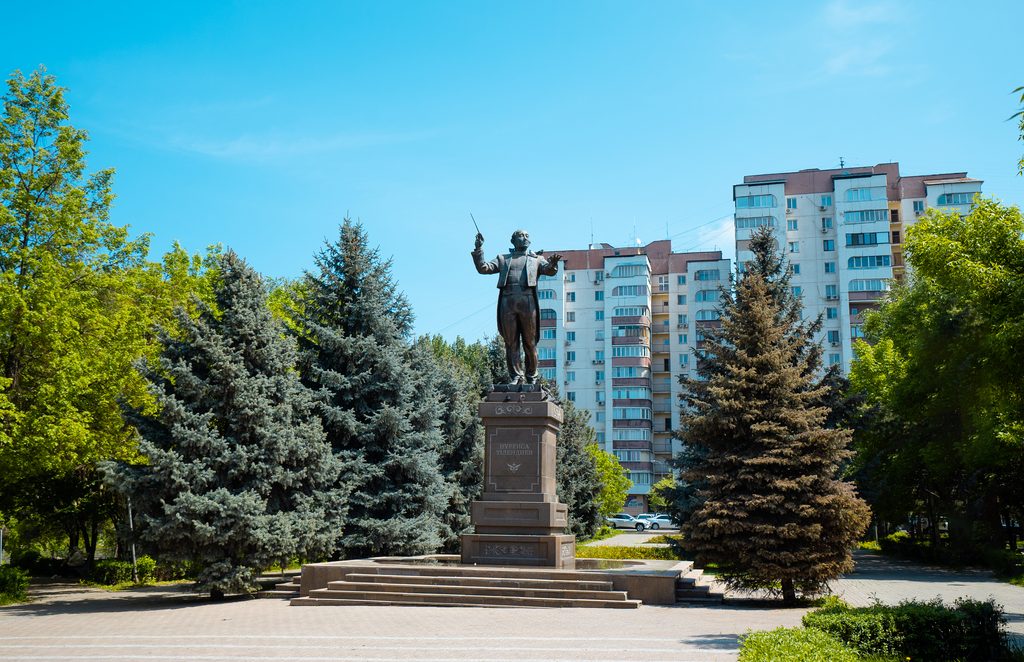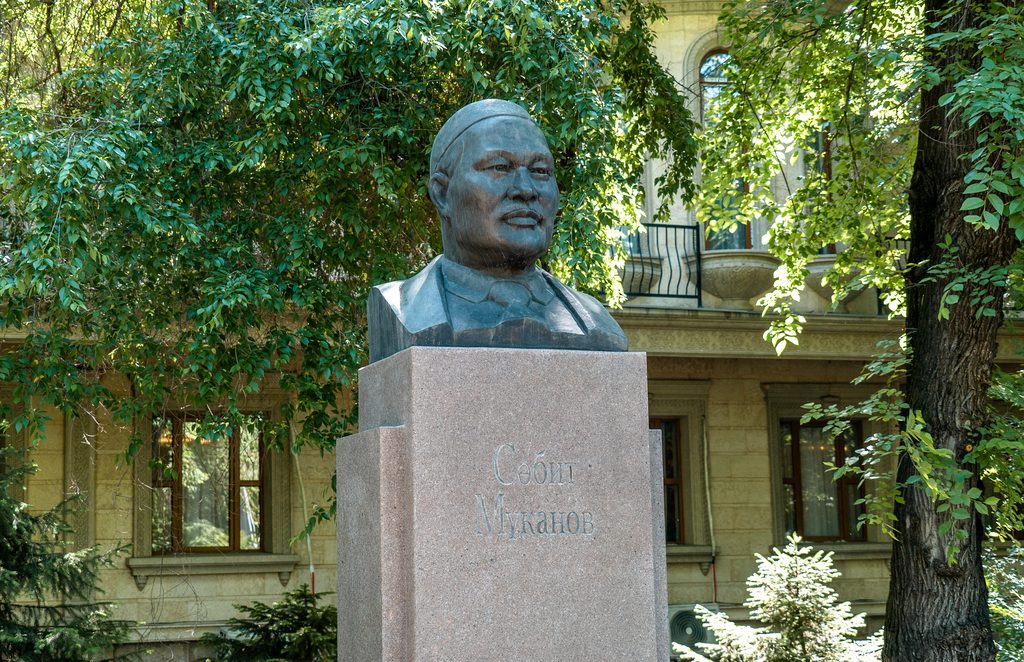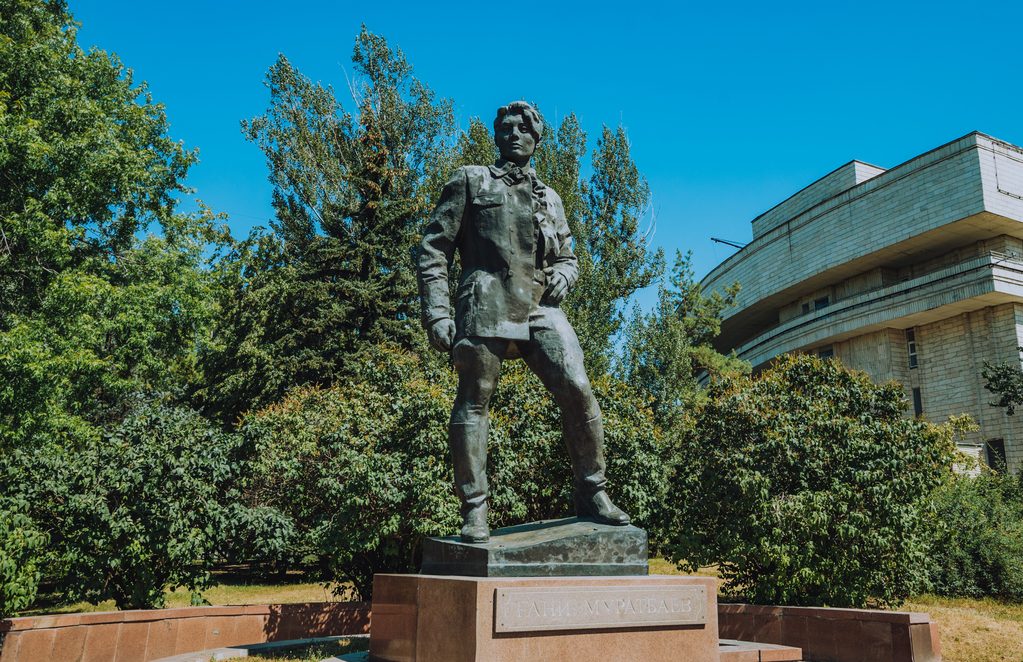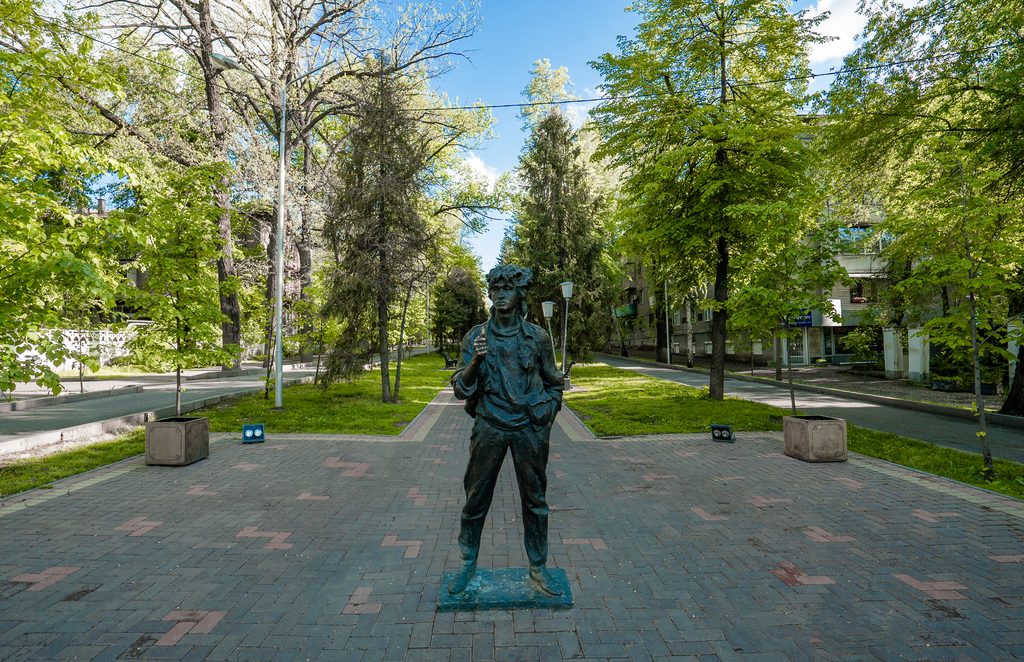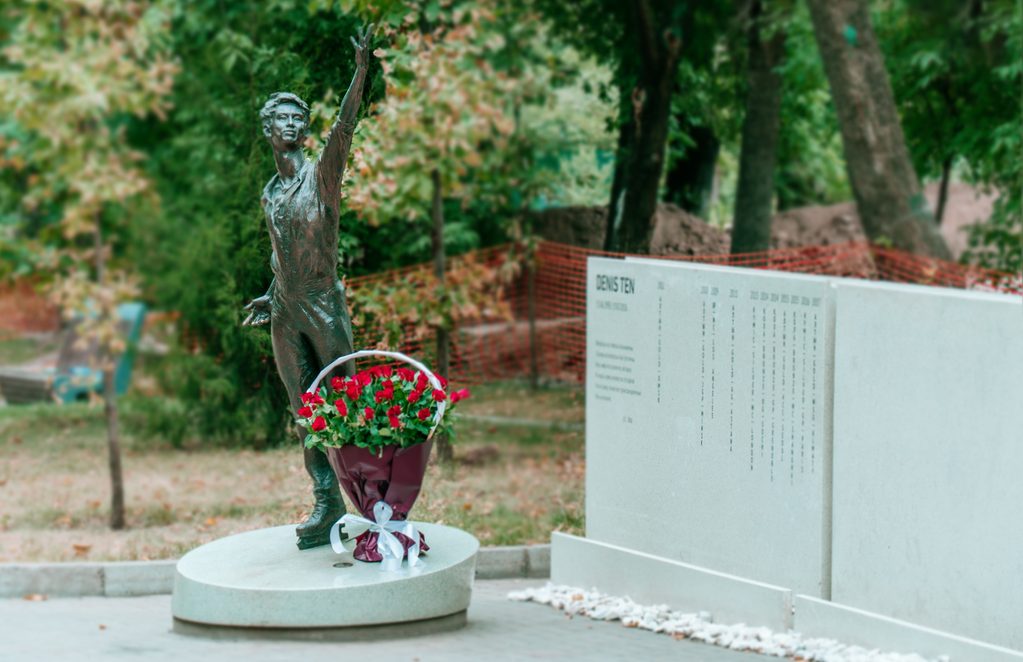The Great Khan lived in the Kazakh Horde from 1711 to 1781.
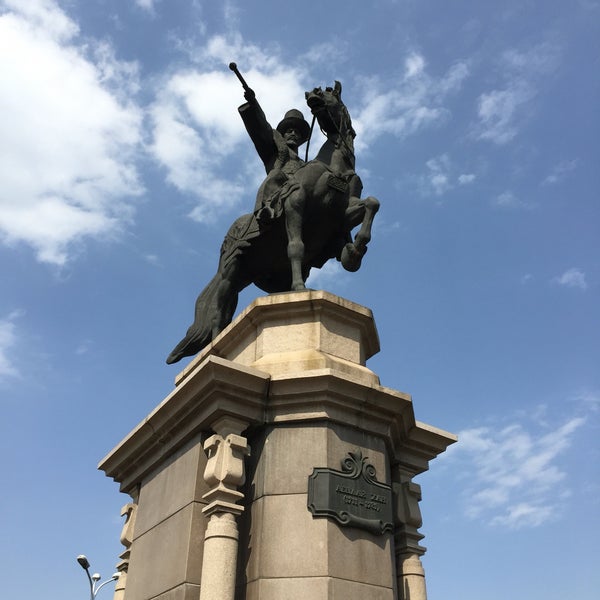
The Great Khan of the Kazakh Horde lived in the period from 1711 to 1781. Khan of the entire Kazakh Khanate, recognized by all the zhuzes, son of Korkem Uali Sultan, grandson of Abylai Khan Kansher, descendant of Barak Khan. Abylai Khan entered the history of the Kazakh people as a brave commander, a visionary politician and an outstanding figure of that time. During the reign of Abylai Khan, three zhuzes of the Kazakh people united, recaptured the lands of the Semirechye and drove the Dzungarian invaders from the Kazakh land. In 1734, after the death of Sameke Khan, Abilmambet became the next khan, the military leader – Abylai. In 1740, Abilmambet Khan, Abylai and about 120 sultans and prominent heads of clans arrived in Orenburg and concluded an agreement on the patronage of the Russian Empire over the Middle Zhuz (kaz. Orta zhuz). In 1764, the headquarters of Abylai Khan had a representative office of the Governor of Orenburg, Lieutenant General A. P. Lochinov, known as the Arapov Embassy, whose purpose was to collect information about Abylai’s foreign policy and establish military and trade relations between Russia and the Kazakh Khanate.
Politics “between the lion and the Dragon”
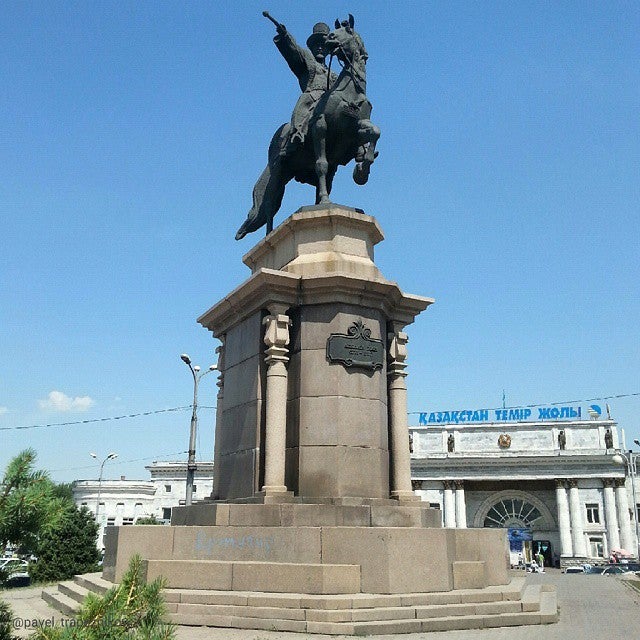
In 1756, the sultans and the khan of the Middle Juz were forced to recognize Manchu domination over themselves. Abylai, however, did not interrupt ties with the Russian Empire, pursuing the famous “between the lion and the dragon” policy. Abylai Khan, as an outstanding diplomat, had ambassadorial ties with the Qing Empire. In 1759, Abylai sent his relative Zholbarys to St. Petersburg as a sign of confirmation of the Russian protectorate. In 1762, after the appearance of Chinese ambassadors to him, Abylai was forced to send his son as an amanat (hostage) to Beijing and from there received conciliatory gifts, as well as the right for Kazakhs to establish exchange yards in Chuguchak and Kuldzha. The image of Abylai Khan became a muse for many akyns and poets and was often displayed in the kuys: Bukhara, Umbeteya, Shadi Tor, Zhangiruli; in the poems of Kopbai Zhamantayuly, Mazhit Aitbayev; in the works of I. Yesenberlina, A. Kekilbayeva, K. Zhumadilova. The monument to the Great Khan was erected in 2000 on the square in front of the building of the Almaty-2 railway station. The authors of the project were S.K. Baymagambetov, K.K. Satybaldin (sculptor), T.E. Yeraliev, Z.S.
Baymagambetov, V. I. Sidorov (architects), M.E. Yerkinov (designer). The monument is cast in bronze. Abylai Khan is sitting on a horse in ornate clothes and combat gear. In his right hand he holds a baton, which is a symbol of the khan’s power. The base of the pedestal of the equestrian sculpture is four corner columns that hold the curtain rod. The overall feeling of the monument is power, strength and greatness.


